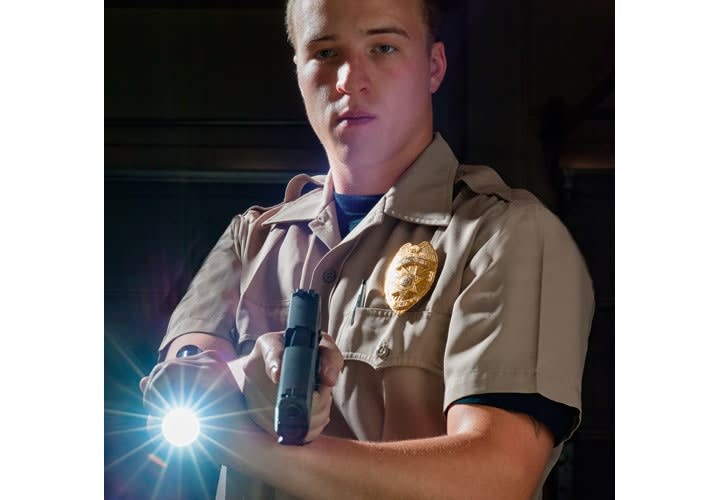Evidently not. Less than 1% of our respondents thought law enforcement flashlights are now too bright and more than 47% said they need to be brighter. But the brightness levels may be reaching a point of diminishing returns, as a little more than 52% of respondents said the lights are now just bright enough.
One of the more interesting revelations from the survey was what officers would like to see improved on their flashlights. Many of the suggestions for improvements focused on making commonly available features better. They asked for longer runtimes, greater durability, better size/weight ratios, increased brightness, and faster recharging. Others asked for features not currently available on many lights, including auto shut-off when the light is holstered, rechargeable systems that can use regular batteries in a pinch, a built-in windshield breaker, a dimmer switch, easier transition operations between modes, a battery life indicator, programmable switches, and the inclusion of a traffic cone with every light. And of course, everybody wants them to be cheaper.
Yet despite all of the requested improvements, law enforcement light manufacturers should give themselves a pat on the back for the quality of their current products. Several veteran officers replied with something very similar to this officer's sentiment. "I don't think you can improve them. I have used flashlights for 30 years in law enforcement, and the new ones can't be beat."
Weapon Lights and Lasers
A decade ago it was not uncommon for agencies to ban the use of pistol-mounted weapon lights by patrol officers. The thinking was that if officers had weapon lights they would pull their guns to illuminate suspects in situations where the guns should not be drawn. It seems these agencies had little knowledge of the fact most officers carry more than one light on duty.













